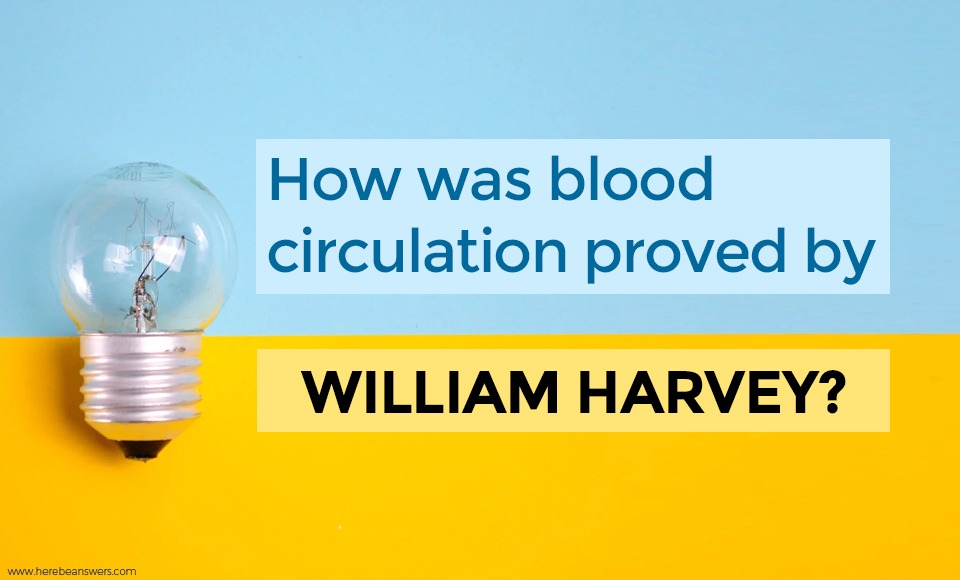Ancient people realized the great importance of the heart, although they did not understand its real function. This organ was generally referred to as being the center of love, but we have known for only three centuries that the heart is actually a great pump, forcing the blood to circulate through the body.
This fact was proved by William Harvey, an English Physician who lived from 1578 to 1657. As a student, he was very curious and tireless in his quest to find an answer to his questions.
One of his projects involved examining the animals that had been wounded in hunting. In various experiments, he measured the amount of blood that passed by a spot in the heart.
To his astonishment, Harvey found that far more blood passed by this spot in an hour than the whole body contained. He concluded, therefore, that the blood must circulate; that is, it must travel round and round in a closed circuit.
As Harvey had no microscope, he could not prove the passage of the blood from the arteries to the veins by way of the capillaries. Only ten years after Harvey’s death, however, Marcello Malpighi, an Italian anatomist who had the facility of a microscope, showed this capillary action in the lung of a frog.
The heart of a grown man at rest pumps out about four to six quarts of blood each minute into the arteries. Of course, the same amount of blood is returning to the heart each minute through the veins.
As are all the functions of our body, blood circulation is an important and fascinating subject.
